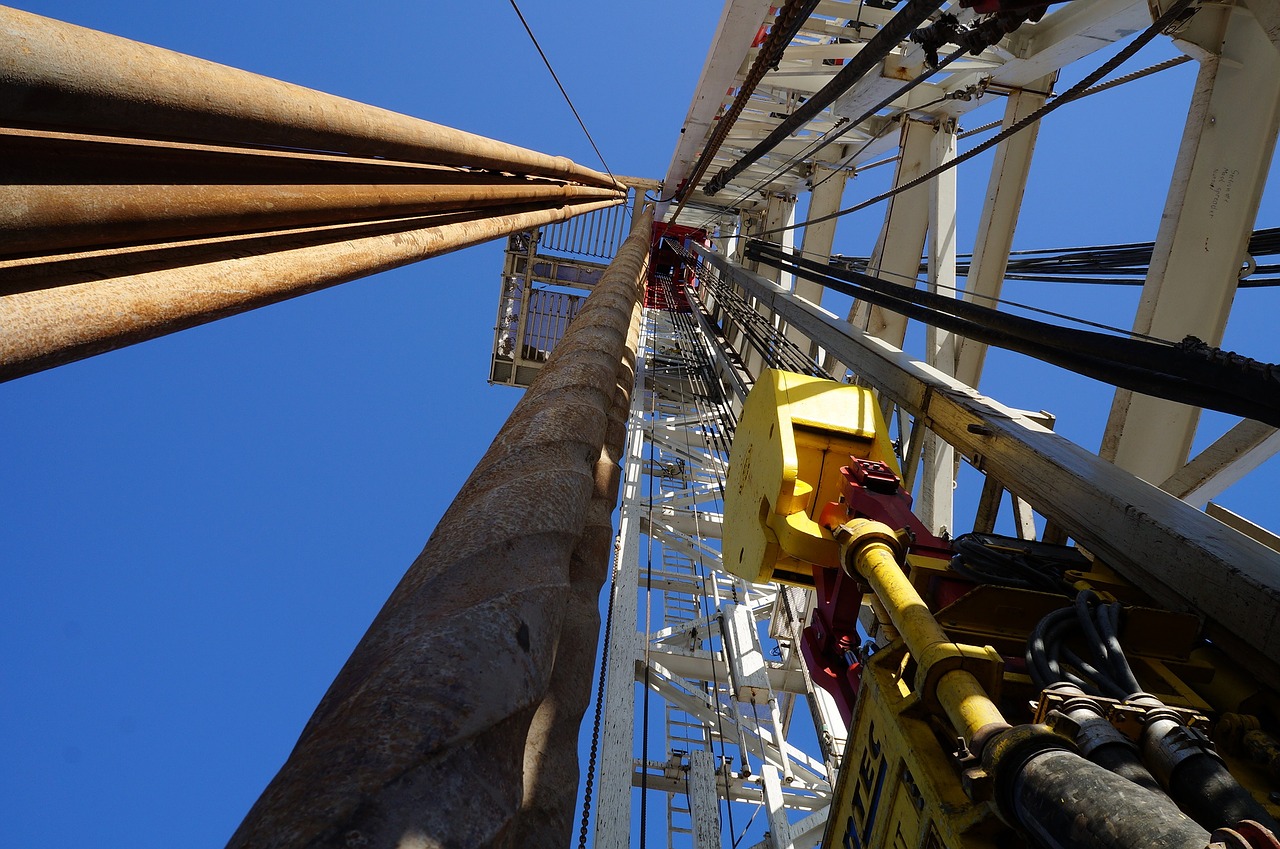What is the real role of speculation on gas and commodity prices

Gas is skyrocketing, but commodities are not. The in-depth analysis by Mario Lettieri, former undersecretary for the economy, and Paolo Raimondi, economist
The war in Ukraine was fine to explain the rise in prices, but it becomes almost an embarrassment when they go down. So, there is something wrong with the dominant narrative about today's rising and runaway inflation. Why have international commodity indices recorded price decreases in recent months?
The data provided by the “Commodity Market Outlook” report, published last April by the World Bank, which globally analyzes price indices for three major categories: energy, agricultural products and metals in general, helps. An index is a sort of weighted basket of the prices of the various commodities that are part of it. Placing the indices at 100 on January 1, 2020, i.e. before the pandemic, they drop for all three categories until July-August of that year. Then, during 2020, they begin a gradual climb until they reach the level of 216 for the index of energy products, 150 for agricultural products and 182 for metals on 1 March 2022, at the beginning of the war in Ukraine. .
If the drop in prices in the first months of 2020 could be explained by the restriction of demand due to production lockdowns and reductions in consumption, it becomes, however, very difficult to support the same explanation for the second half of that year and for the beginning of 2021 when, on the other hand, prices rise. In fact, even in those months production and consumption were in retreat. The recovery in the last months of 2021 and early 2022 is not sufficient to explain the increase in the values of the indices in question. The deviations are too large compared to the modest changes in production and consumption.
The April World Bank report stated that “the war in Ukraine has caused severe supply disruptions and historically higher prices for a number of raw materials. For most of them, prices should be significantly higher in 2022 than in 2021. Non-energy prices should increase by around 20% in 2022 ”.
It was not so. On 2 August, the World Bank reported the most recent data on commodity prices. In July, compared to the previous month, energy prices in general had fallen by 1.3% (oil prices by 10%, while gas prices in Europe had risen by 50%). The prices of agricultural products had decreased by 7.4%, those of food by 8.5% and those of metals by 13.4%, specifically tin by 19.5%, iron by 17%, copper and nickel each of 16%. From the highs of March, the share of copper fell by 30%.
Another example: the Bloomberg Commodity Spot Index, which takes into account futures contracts for 23 commodities, was down 20% last July from the previous month.
The anomalous trend in prices, both up and down, can only be explained by the negative role played by speculation, particularly in futures. When markets perceive a possible future rise in prices, speculative futures operate as multipliers. The same is true for the expected price reduction. Those who buy an index futures take a long, bullish position and believe that prices will rise above the buy price. A futures seller takes a short, bearish position and believes that the market price of the expiring index is lower. Both would profit on the price difference.
The volume of futures can determine growth or decline expectations and consequently market developments. As is well known, speculative futures do not involve the actual transaction of the traded goods. Only 2% do! When the contract expires, or sooner if it is renegotiated, only the difference is paid. In the meantime, however, the effect of speculation has been transferred to the prices of real trading operations.
The latest report from the Bank for International Settlements Basel notes that OTC (unregulated and highly speculative) commodity derivatives also grew by nearly 30% during 2021.
In recent weeks, futures have been playing down as a recession is expected, with global consumption and production declining. The contract made today provides that the goods will have a lower price tomorrow. While nearly all commodity index futures are bearish today, European gas futures traded in Amsterdam are heavily bullish.
It is the eternal swing that enriches a few great speculators and impoverishes the sections of society and the weakest countries.
This is a machine translation from Italian language of a post published on Start Magazine at the URL https://www.startmag.it/economia/prezzi-gas-materie-prime-speculazione/ on Sat, 10 Sep 2022 05:59:36 +0000.
